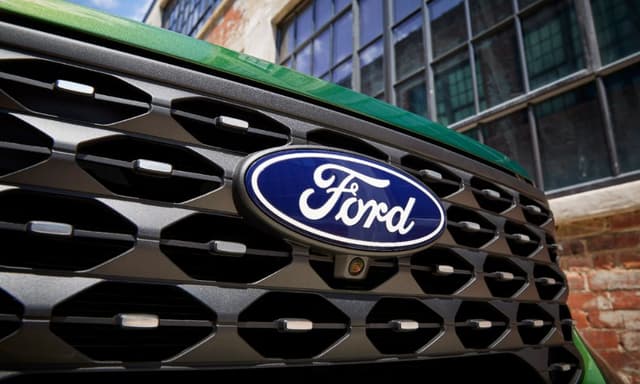Ford Files Patent For Convertible Off-Roaders With Standing Controls

Highlights
- Ford patents technology for standing controls in convertible off-roaders.
- Advanced driver detection system ensures driver presence in the “driving zone” using cameras and sensors.
- Secondary control system enables standing or leaning, prioritizing safety in slow-speed off-roading.
Ford has recently filed a patent that introduces a new technology allowing drivers to stand up and operate their convertible off-roaders using a secondary set of controls. The patent hints towards the Bronco, Ford’s convertible off-roader, highlighting the need for certain off-roading scenarios where the driver must stand up or lean out of the vehicle to ensure safety.
Also Read: Lucid CEO Raises Concerns Over Car Manufacturers' Adoption of Tesla's Charging Standard
Off-roading often poses challenges in terms of limited visibility, especially when navigating over boulders. In such situations, leaning out of the car or standing up can provide a better view of the clearance and the chosen line. However, this can result in the driver losing access to primary controls like the throttle or brakes.
Ford addresses this issue by proposing an advanced driver detection system that goes beyond a simple seat sensor. The system utilizes various technologies such as cameras, LiDAR, ultra-wideband radar, phone-as-a-key, or proximity sensors to detect the driver’s presence within a designated “driving zone.” For instance, a camera mounted on the instrument cluster can detect the driver’s face. The objective is to ensure the presence of a driver within the driving zone so that safety and assistance features, like shift-to-park, hill park assist, traffic jam assist, and trail control, remain active.

A camera mounted on the instrument cluster can detect the driver’s face
The proposed system enables the driver to access a secondary control system designed for specific use cases, such as standing or leaning. To maintain a certain level of safety, Ford emphasizes that this system would operate within clearly defined boundaries, restricting high-speed activities like drifting while standing up. Ford sets a baseline of 3 mph as the maximum allowable speed, indicating that this technology is primarily intended for slow-speed off-roading. The system would likely integrate into Ford’s GOAT (Go Over Any Thing) off-road driving system, which is renowned for its capabilities.
The secondary controls would combine microsensors to manage speed and torque with a primary control, such as the steering wheel. For instance, drivers could keep one hand on the top of the steering wheel while controlling the throttle through a touch-sensitive panel on the windshield or through wearable devices. The specific placement of these secondary controls has yet to be determined and can vary based on individual preferences.
Also Read: Mercedes-Benz Partners With Tesla To Integrate NACS Charging Ports Into Its Lineup
In conclusion, Ford's patent introduces a potential game-changer for convertible off-roaders. The advanced driver detection system and secondary controls address challenges in off-roading scenarios where drivers stand up or lean out. It's important to note that this technology is intended for slow-speed off-roading within defined boundaries, not high-speed manoeuvres.
Last Updated on July 11, 2023
Related Articles
Latest News
- Home
- News
- Auto Industry
- Ford Files Patent For Convertible Off-Roaders With Standing Controls














